Even if you’ve done nothing to create a personal brand, you already have one. Those who know you deeply and those who may have just met you via an email have already formed an impression of you. Our minds create stories to help us prepare for whatever might be next. Those stories are heavily based on inferences from our past experiences. We incorporate new information – like how it felt when we made eye contact, or how the room we’re in makes us feel, or whether we experience tension or peace when we look at a web page – into memories of previous experiences and create an image or story of what it will be like to be in that situation again. Stories incorporate images, but they’re primarily rooted in emotions.
A brand is a promise to our customers. A promise is a forward-looking thing. It’s a story in your customer’s mind about what’s going to happen. It’s about what it’s going to be like for your customer when they buy your stuff. It’s mostly about how that is going to feel. Because decision making is an emotional process, the goal of branding is to help your customers invent a story that helps them feel an emotion that encourages them to do what you’d like them to do (buy your stuff, hire you, promote you, etc.).
Branding is not hard. As I previously mentioned, you already have a brand! People around you have already created a story about what it will be like the next time they see you. But creating a brand that effectively causes your tribe to think, feel and act how you’d like them to think, feel and act requires some careful thought. It is a six-step process.
1) Figure out what your brand is today.
Your desired personal brand must be consistent with how people view you today. Of course, you may wish to shift those perceptions, but if your desired brand is radically different from how people perceive you now, it just won’t fly. So how do you figure out your current brand? Ask your tribe! How do you make them feel? What characteristics, strengths and weaknesses do they associate with you? There’s a fantastic, free tool that will help you do that. William Arruda’s Reach 360 tool will help you create a branding survey, deploy it so your people can give you confidential feedback, and distill the results into “brand personas” that capture the essence of who your people perceive you to be.
2) Understand your strengths and weaknesses.
You want to build your brand around what makes you awesome! It’s now well know that leaders who focus on leveraging their people’s talents – rather than overcoming their weaknesses – deliver superior results. It’s the same for your personal brand. The Reach 360 results include a summary of your strengths and weaknesses. The Clifton StrengthsFinder is an excellent tool for taking a deeper dive into your strengths. The cost ranges between $15 and $89 depending on how many of your strengths you’d like to explore.
3) Discover your target customers' needs and aspirations
Core to any branding, product development or marketing effort is a deep understanding of your target customer’s needs and aspirations. You must really nail this! How do you find out? Again, ask! Your goal is to get to their underlying emotional needs – and to understand the language they use to describe their experience. Pick up the phone and call 10 people who know you and who are in your target niche. Ask them 1) “What are your top 3 goals?” 2) “What are your primary pain points or obstacles?” and 3) “What do you think you might need to overcome those obstacles?” Listen and record, verbatim, the words that they use. You’ll want to incorporate that language in the promotional communications. Be sure to listen intuitively, gently probing where you can to understand the emotional needs they’re expressing. What do they really need? Confidence? Peace? Connection? A powerful brand must appeal to these emotional needs.
4) Identify how you’re different than everyone else in a way that matters to your target.
You want your brand to be unique! This is where you leverage your understanding of your targets’ emotional needs and your talents and strengths. Find one or two things where you’re truly strong, unique in a way that helps meet your customers’ functional and emotional needs. This is going to form the core of your brand strategy!
5) Write a brand positioning statement that no one else will see.
Your brand positioning statement will capture and distill everything you’ve learned about how you are uniquely better than anyone else in a way that matters to your target. A brand positioning statement follows this form: “To Your Target Customer, Your Name is the brand of Brand Category, competing mainly with Your Competitors, that provides How You Meet the Functional and Emotional Needs of Your Target Customer because Reasons Why (Proof) They Should Believe You. My brand character is Something that Evokes the Feeling You’d Like to Communicate.”
6) Live your brand every day.
Once you’re comfortable with why you’re uniquely better than your competition in a way that matters to your target, BE the brand every day. Create a consistent feeling and demonstrate your promise to be relevant to your target in everything you do: how you speak, what your promotional materials display, what you wear, and how you make those around you feel.
Brand-focused companies spend big money and a lot of time researching, wordsmithing and perfecting their brand positioning statements. Doing this well will help you identify the reasons why you’ll be successful. Doing it poorly will cause you to chase opportunities or describe your value in a way that doesn’t resonate with your customers. Find the “sweet spot” where your unique talents and your customers’ deepest needs align and you’ll be able to expect amazing success.

